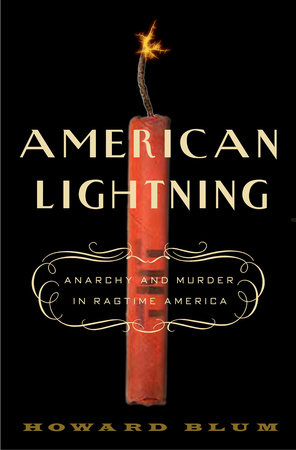The destruction of the Los Angeles Times building, which housed the paper’s offices and production plant, occurred shortly after one o’clock on an October morning in 1910. Its interior was leveled by a series of explosions that set off a devastating fire. Twenty-one people were killed and many others injured. This was mass murder, not so commonplace as it became later in the new century, but shocking and monstrous for 1910, and it was sensational news nationwide. Given Otis’s campaign to break the unions, labor inevitably became the prime suspect. Otis did not wait for confirmation, however. He addressed the unions with a cry of hatred:
O you anarchic scum, you cowardly murderers, you leeches upon honest labor, you midnight assassins, you whose hands are dripping with the innocent blood of your victims, you against whom the wails of poor widows and the cries of fatherless children are ascending to the Great White Throne….
The bombing and its aftermath have provided rich material for writers over the years and an important part of the plot of the 1974 movie Chinatown. As told by Blum, the story has a cast of strong characters and several tales of greed, vengeance, and personal corruption. There is a political story involving colossal amounts of money. There is a great detective, William J. Burns, destined to become the first director of the FBI, and there is a great lawyer, Clarence Darrow, sainted legal champion of the downtrodden.
Like a primitive CIA man pioneering “extraordinary rendition,” Burns kidnaps murder suspects in the Middle West and ships them secretly to California for interrogation. Lincoln Steffens, one of the era’s acclaimed “muckraker” journalists, is here, too, preparing an article to be titled “Justifiable Dynamiting.” What he will do, quite by happenstance, is destroy labor’s chance of electing a socialist mayor of Los Angeles and make Otis and his son-in-law Harry Chandler exceedingly rich.
Blum presents all this in a rapidly paced cinematic style that makes American Lightning seem at times more like a screenwriter’s movie treatment than a messy slice of history. This is popular history, written to be as entertaining as fiction. Blum creates a fictional effect by omitting the dull stuff, and never pausing to explain where his information comes from. This creates a sense of certainty about material that, on reflection, sometimes seems doubtable, but it keeps the story moving fast.
